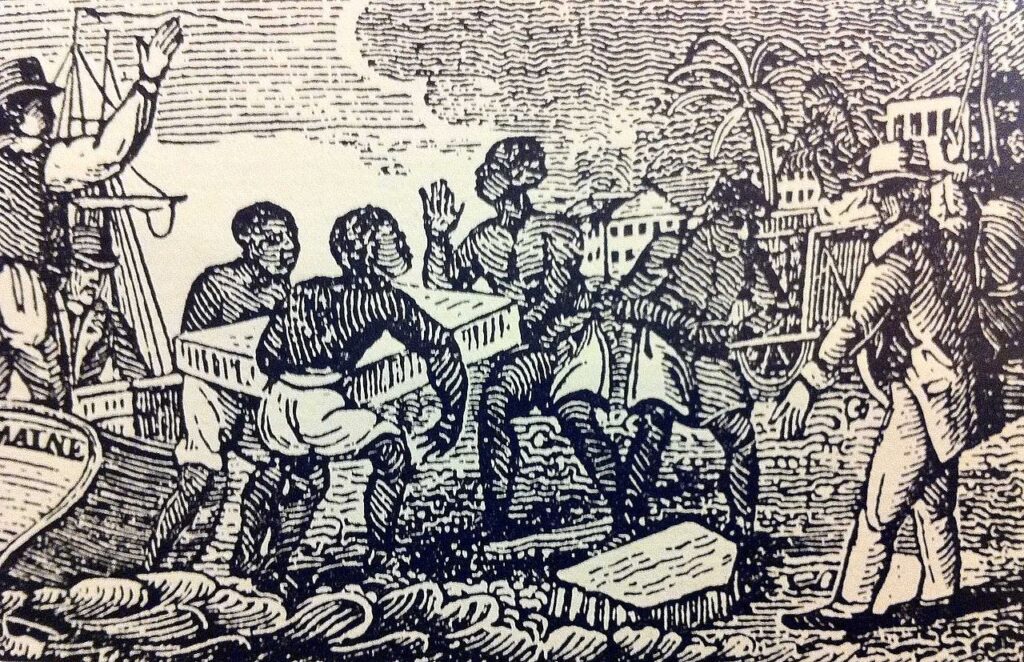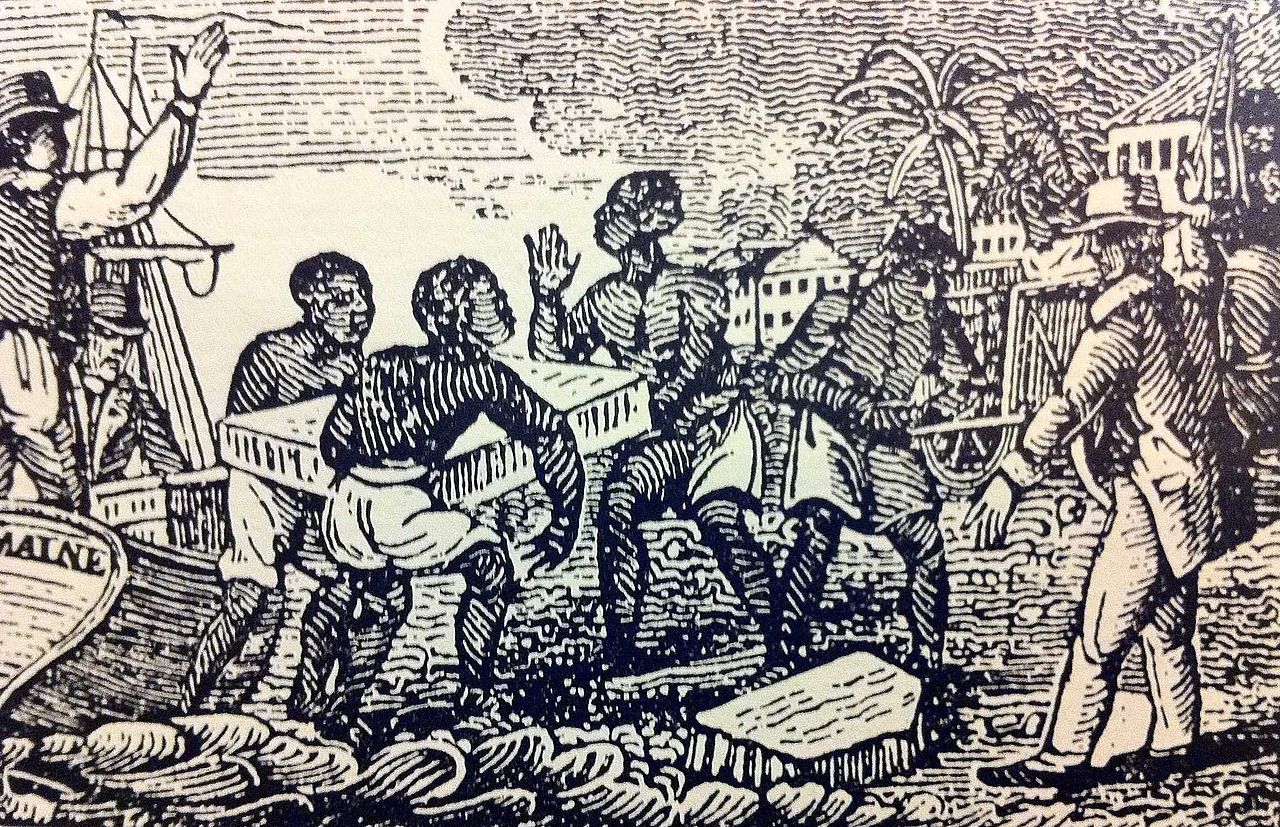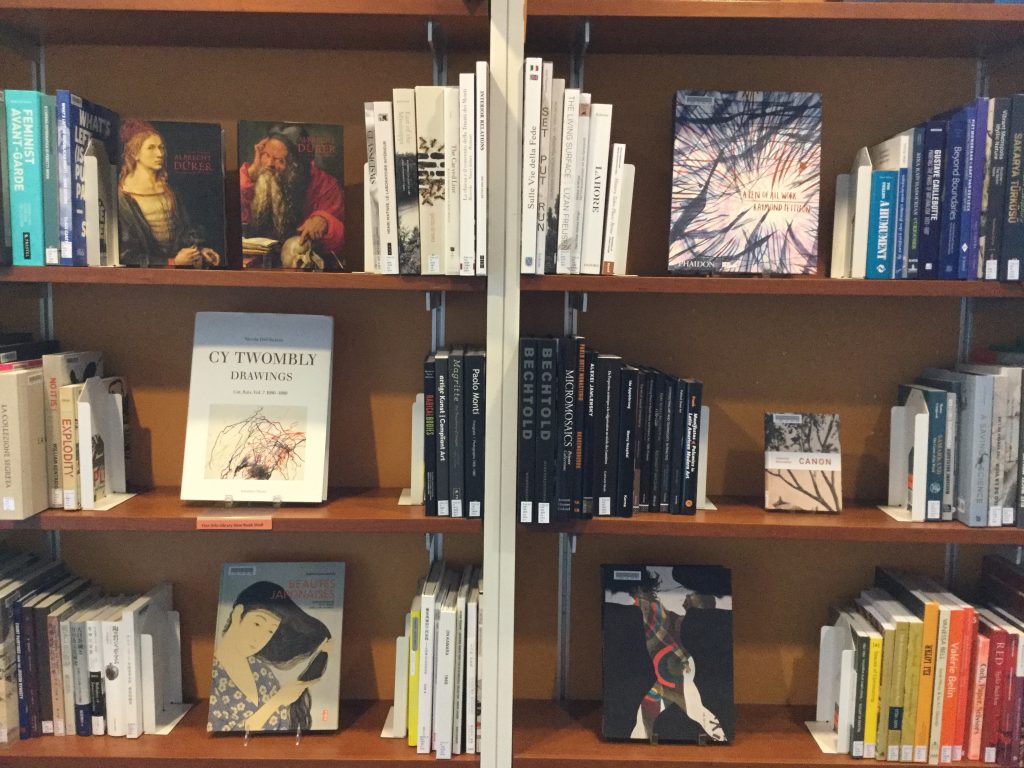Cuban literature began the 20th century with the project of a neocolonial republic, marked by a contradictory consolidation of the Spanish as an identity reaction to the influence of the United States on the island. In the lyrical genre, Bonifacio Byrne and Agustín Acosta stand out; the first with his famous poem “Mi bandera” (My flag), where he expresses his anguish in the face of the uncertainty of the national future, the second stood out for his work “La zafra” (The harvest), where he poetized the reality of work in the fields in bucolic verses. Other great poets were Regino Boti and José Manuel Poveda, as well as the late Rubén Martínez Villena. Between 1902 and 1920, Cuban narrative reached great development, with figures such as Alfonso Hernández Catá -with universal themes: love, jealousy-, Jesús Castellanos and Luis Felipe Rodríguez -who deal with the rural theme-; while the historical novel finds a good exponent in Álvaro Iglesias with Cuban Traditions and the humorous one in Miguel de Marcos with Papaíto Mayarí and Fotuto. Also notable are the works of Miguel de Carrión Las Honradas and Las Impuras, where he shows interest in female psychology and the Cuban family and denounces the falsity of the education that women received, and those of Carlos Loveira, Juan Criollo, and Generales y Doctors, portraits of the turbulent beginnings of the republican era.

In the progress of poetry, two almost divergent lines are standing out in the country: the realist, with black themes, the social and political, where Nicolás Guillén stood out, and the intimacy, symbolism, and introspection of Dulce María Loynaz and Eugenio Florit. Halfway between both tendencies, we can place the work of Emilio Ballagas, a poet who precedes Lezam’s neo-baroque.
The inescapable poetry of Nicolás Guillén, National Poet
Guillén (1902-1989) opened a new stage in national poetry with Motivos de Son (1930), which highlights the Cuban black with all his joys and pains, his beliefs and customs, his way of speaking and living; Guillén expresses this content in a truly innovative way: to the rhythm of the son, a typical danceable musical piece of the Cuban people. Motivos de son is followed by Sóngoro cosongo. The author describes it as mulatto verses because the spirit of Cuba is mestizo, mulattoness is a generalization of what is Cuban; in it, he announces the anti-imperialist sentiment that he would maintain for life. This exceptional figure is called the National Poet, for fusing individual feeling with the collective and elevating the voice of the people to an American and universal dimension, through novel artistic forms.
The figure of José Lezama Lima in Cuban poetry
In 1940, the second Cuban avant-garde movement appeared with a group of writers gathered around the magazine Orígenes, whose leader was José Lezama Lima. This group was distinguished by the extraordinary richness of its contributions and the diversity of styles within the formidable set of ideas and searches that gave it unity. The Orígenes Group was formed in 1944 with the appearance of the magazine and later with the cessation of this publication, the group dissolved in 1956. Directed by José Lezama Lima and José Rodríguez Feo, it was the space of full maturity and projection of an enterprise of (re)building the nation through poetry and culture. Eliseo Diego, Fina García Marquez, Cintio Vitier, Ángel Gaztelu, Virgilio Piñera, and Gastón Baquero, among others, collaborated on it.
José Lezama Lima (1910 – 1976) was the central figure of Cuban poetry in the middle of the century. His work defined a baroque poetic field and raised its level to the best that was written in the Spanish language. Also notable in this group are the theme of the absurd and the existential tone of Virgilio Piñera; the sense of the Creole in Eliseo Diego, the mixture he achieves between the dreamlike and the real, and the treatment of themes such as transcendence despite death or solitude or time and the ephemeral nature of life. Fina García Marruz stands out as a complete,
creative, expository, and clear poet.
The transformation of Cuban social poetry
The so-called “Generation of the Fifties” (authors born between 1925 and 1945) is increasingly colloquial. Notable poets include Carilda Oliver Labra, Fayad Jamís, Roberto Fernández Retamar, César López, and Antón Arrufat, among others.
The nascent Revolution meant continuity and rupture: the searches and discoveries of new paths of expression of the contents of a new era deepened, and the debate on the social commitment of the creator took on special significance. The two main tendencies in lyrical creation: social and intimate, continued to develop, and a transformation took place in Cuban social poetry, which gradually broke away from the discursive or declamatory tone and became integrated into the conversational tone, linked to testimonial interests. The predominant current in the 1960s and almost completely in the 1970s was colloquialism. This poetry is characterized by free verse, a conversational tone, language with vocabulary typical of daily use in the language; and an inclination toward realism, with a predominance of themes of social and political content, developed in the city and with recurrences to matters of the family environment, childhood and the social situations that surround the poet’s circumstances. In this way, everyday circumstances were narrated, under the exaltation of a society in
social revolution where the individual tends to occupy a secondary space.
A third generation, born between 1940 and 1945, does not differ substantially from the prosaic poets. With Luis Rogelio Nogueras, Nancy Morejón, Víctor Casaus, Guillermo Rodríguez Rivera, Jesús Cos Causse, Lina de Feria, Delfín Prats, and others, colloquialism survived strongly until the mid-1980s. There is also an interest in the theme of the black in the folklore of the Yoruba pantheon.
The generation of poets born between 1946 and 1958 is defined by two trends: those who react through metrics (mainly décimas and sonnets), and those who use free verse with individual registers. Both trends advanced towards formal experimentalism, but the conversational tone is maintained among them.
Cuban Poetry of the 80s
In the second half of the eighties, a new generation of poets, known as the Generation of the Eighties, became known, when writers born between 1959 and 1970 began to publish their works. Their works were influenced by José Lezama Lima and Virgilio Piñera, whom almost all of its members recognize as masters. There was a notable plurality of styles, and there was a renewed interest in tropology. They were in search of a new language, and they managed to partially overcome the conversational tone that had been in force for several decades, for which they resorted to a certain disorganization of the language and the use of unusual metaphors. In general, there was a large number of talented creators and a national diffusion of creators in different cities of the country. With them, a new current emerged that explored traditional stanza forms and free verse in its rhythmic
and expressive possibilities. The 1990s continued to break with colloquialisms and the paths taken in the 1980s. Many young authors participated in the renewal of Cuban literature, moving away from politics and trying out a more transparent and universal lyricism.


